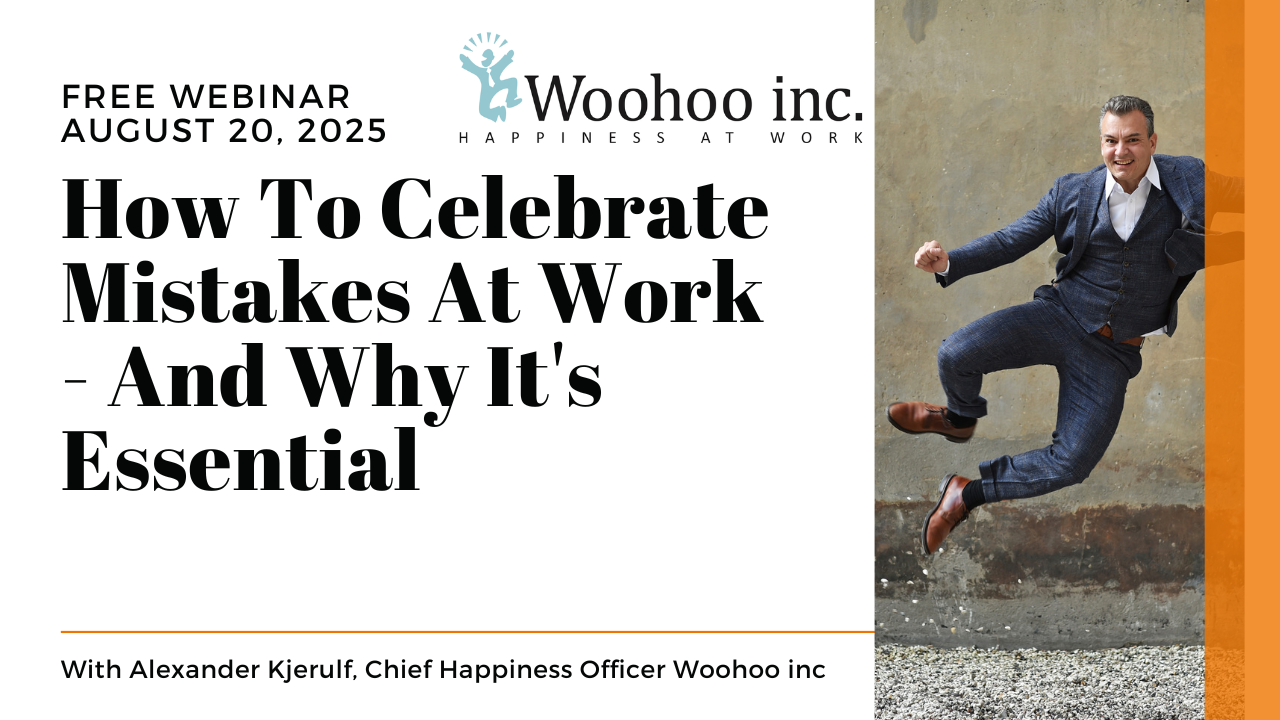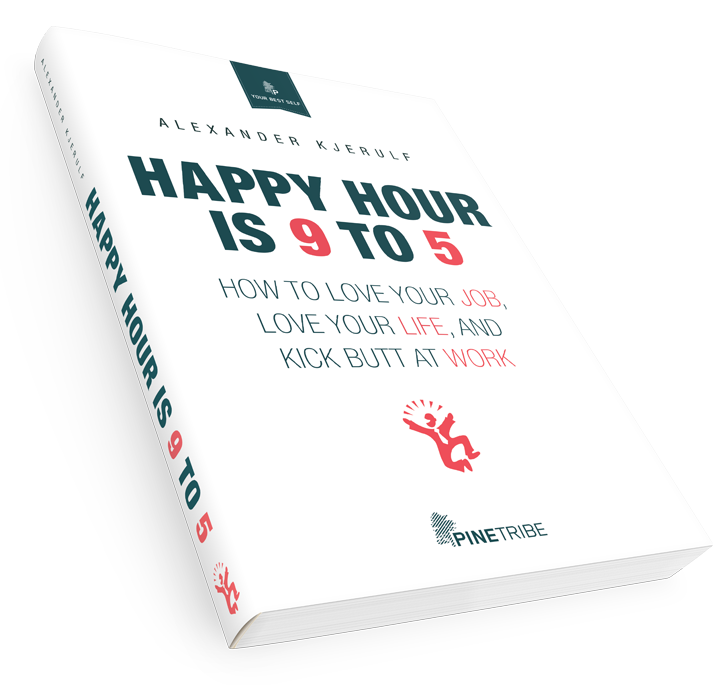
Sally Hogshead has a great post called How to be an anarchist that opens with these words:
They’re lighting the town square ablaze, running amok through the embassies, yanking down statues and looting the stores.
Who? Your consumers. And if you’re smart, you’ll grab a torch and join them.
Sally’s post is mostly about anarchy in media – about:
…the power shift from established forms of information to consumer-directed content. From encyclopedias to Wikipedia. From publishing to blogs. From movie theaters to iPod screens. From retail locations to pop-up stores. And in case you hadn’t noticed, from traditional paid media to all those new forms of digital media spawning like bunnies.
But I believe business anarchy has a much wider scope, and that it’s time for us to break away from the old mental model that defines a company as a way to control employees.
The time has come for the radical company.
What does that mean? To paraphrase Paolo Freire:
The radical company, committed to human liberation, does not become the prisoner of a “circle of certainty” within which reality is also imprisoned. On the contrary, the more radical the company is, the more fully it enters into reality so that, knowing it better, the company can better transform it.
This company is not afraid to confront, to listen, to see the world unveiled. This company is not afraid to meet the people or enter into dialogue with them. This company does not consider itself the proprietor of history of all people, or the liberator of the oppressed; but it does commit … to fight at their side.
Freire was talking about the radical human – I’ve rewritten his quote to talk about the radical business and it still makes perfect sense. To make a company happy you must be willing to be radical, to commit the company to the employees’ freedom.
Also, you must be willing to do this against business tradition and against the advice and recommendations of people who just don’t get it.
My good friends at WorldBlu make a living teaching organizations to be more democratic and they recently published their 2007 list of most democratic companies. This list shows that companies that are run democratically, with few remnants of the old, military-style, hierarchical, command and control structures perform better and more efficiently today.
They’re also happier workplaces because we like freedom. We like being able to take responsibility, make decisions and grow into leadership as fits us. On the other hand, we hate being stuck in bureaucracy, red tape, meaningless rules and endless power struggles.
A horrible case: Alabama A&M University who has this policy in case of a death in an employee’s family:
Staff members shall, upon request, be granted up to three (3) days annually of bereavement leave for the death of a parent, spouse, child, brother or sister, grand parents [sic], grand parents-in-law, grandchild, son or daughter-in-law, mother-in law, father-in-law, brother-in-law, sister-in-law, step children, children-in-law, aunts, uncles, nieces, nephews, and first and second cousins. Other relationships are excluded unless there is a guardian relationship. Such leave is non-accumulative, and the total amount of bereavement leave will not exceed three days within any fiscal year. If additional days of absences are necessary, employees may request sick or annual leave, after providing an explanation of extenuating circumstances.
(Via Gruntled Employees, who has some pointed words about this case :o)
A good case: Nordstrom’s, who only give their employees one rule:
Rule #1: In all situations, use your good judgement
In the excellent book The Second Cycle – Winning the War Against Bureaucracy, Lars Kolind wrote about how easy it is for companies to get stuck in a bureaucratic, controlling mindset – especially as they grow older, bigger or more successful. He also outlines his recipe for breaking out of this mindset, which includes A Collaborative Organization, i.e. one where leadership is distributed as much as possible.
Luckily, more and more companies are starting to realize that command and control style leadership:
- Is less effective
- Creates more stress
- Creates more bureaucracy and red tape
- Reduces creativity and innovation
- Makes employees cynical and disengaged
My favorite example of a radical organization is still Semco in Brazil where (just to mention a few examples):
- Employees set their own working hours
- Employees choose their own salaries
- All meetings are voluntary and open to everyone
- Employees hire their own bosses
- Employees choose which leader they want to work under
Radical companies give their employees more freedom and find that people become happy at work, and consequently are more engaged and productive. This also makes the company more profitable, which Semco has certainly found.
So making your company radical is not only fun it’s also good business.
And there has never been a better time for it. We’re richer, more educated and better informed than ever before in the history of mankind. We have the knowledge, the means, the tools and the drive to finally change business for good.
Our reward will be companies that are:
- More robust – because people who can lead themselves respond more effectively to crises
- More productive – because you don’t get bogged down in red tape
- More nimble – because the company will be able to change faster when employees have more responsiblity
- More fun – because this is closer to how we really work as human beings
And to anyone who thinks “yeah, nice idea sure. Too bad it’s impossible” I refer you to this quote.
What do you think – would you like to work in a radical company? Have you tried it already? What was it like?



 In my last post
In my last post  You’d think that if a company treats its employees well (a lot better than their competitors) and gets great business results because of it, that this company and it executives would be celebrated and praised for it.
You’d think that if a company treats its employees well (a lot better than their competitors) and gets great business results because of it, that this company and it executives would be celebrated and praised for it. Treat the enterprise as a community of engaged members, not a collection of free agents.
Treat the enterprise as a community of engaged members, not a collection of free agents.  I don’t know about you but I get a LOT of email! Even after the spam filter has done its thing I’m still more or less deluged and of course every single mail must be answered, which means I also send a lot of mails (btw: If you’ve sent me email and I haven’t answered – have patience, I will :o)
I don’t know about you but I get a LOT of email! Even after the spam filter has done its thing I’m still more or less deluged and of course every single mail must be answered, which means I also send a lot of mails (btw: If you’ve sent me email and I haven’t answered – have patience, I will :o)

 I’m enjoying a week’s wonderful vacation in Greece. We’re talking warm weather, lots of sights, great beaches and time with my family and wonderful girlfriend. Wooo-hoooo!
I’m enjoying a week’s wonderful vacation in Greece. We’re talking warm weather, lots of sights, great beaches and time with my family and wonderful girlfriend. Wooo-hoooo!



